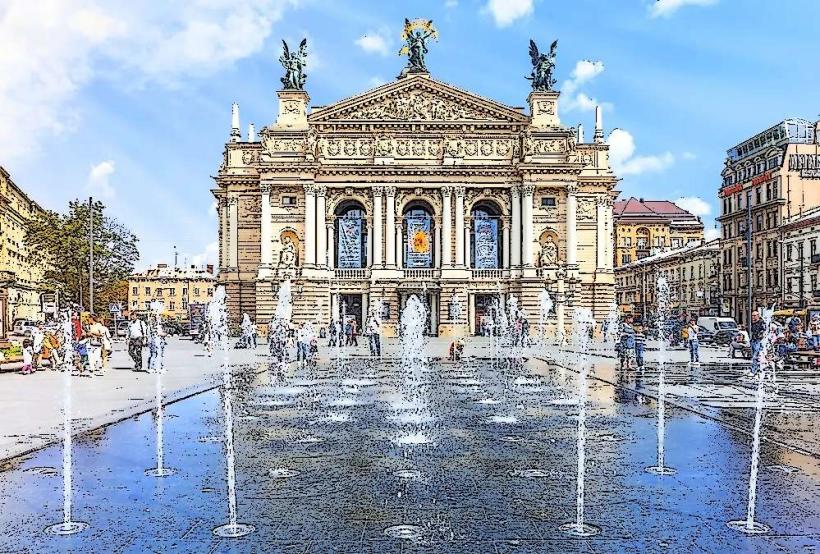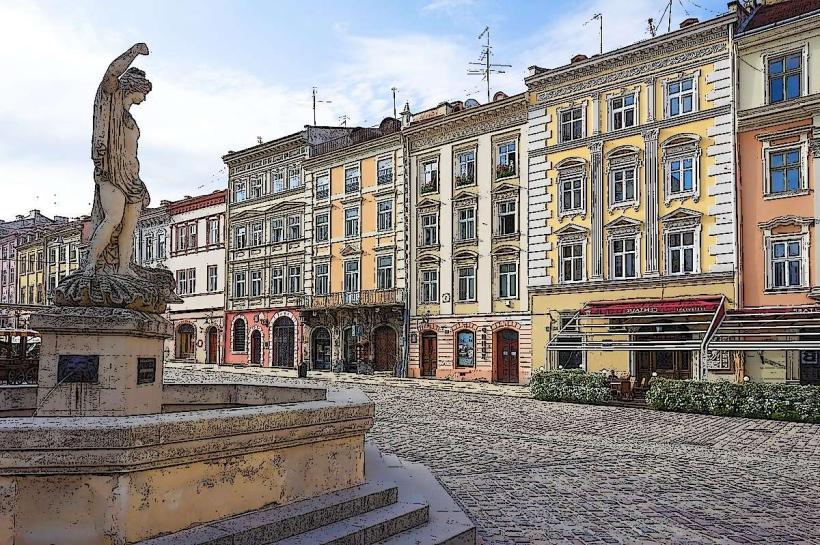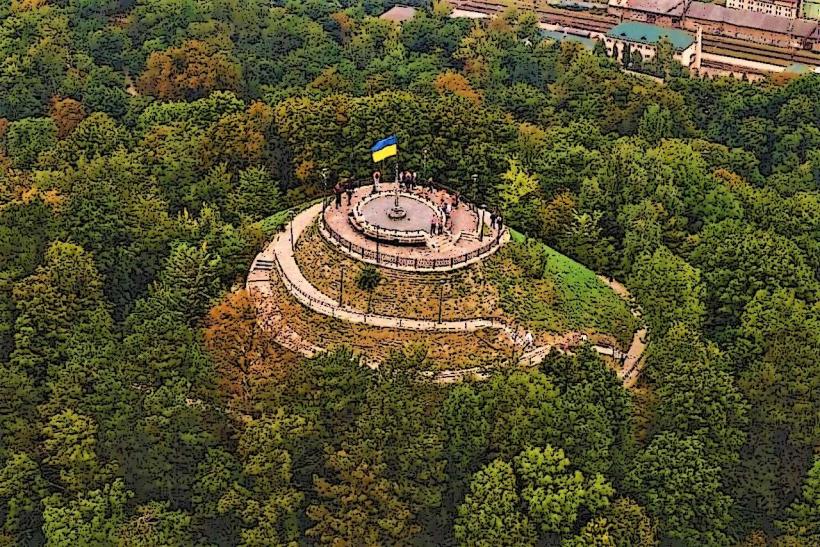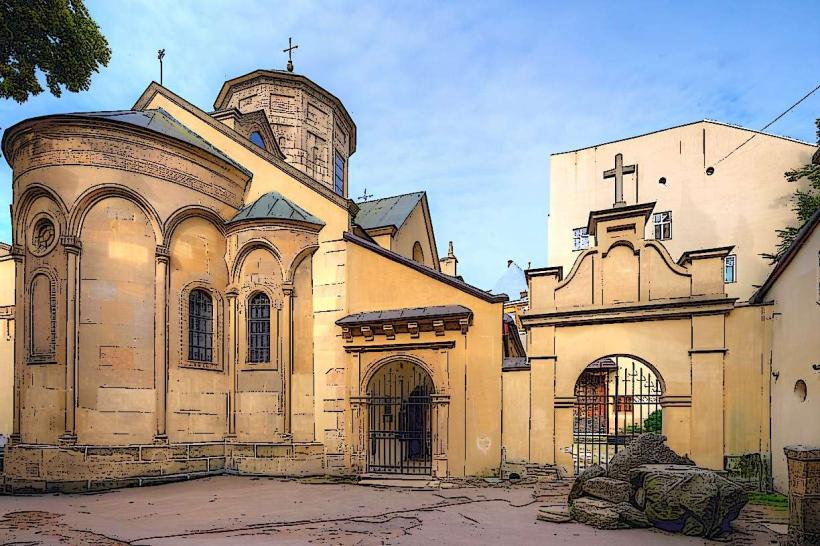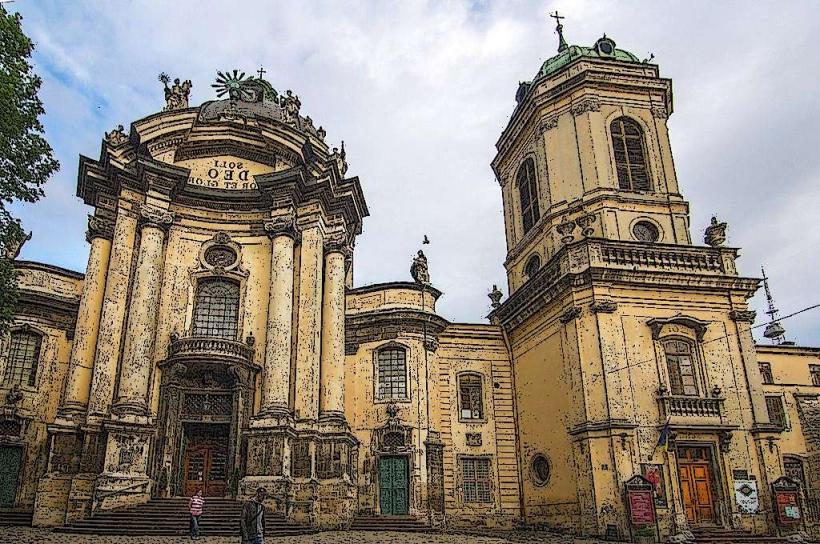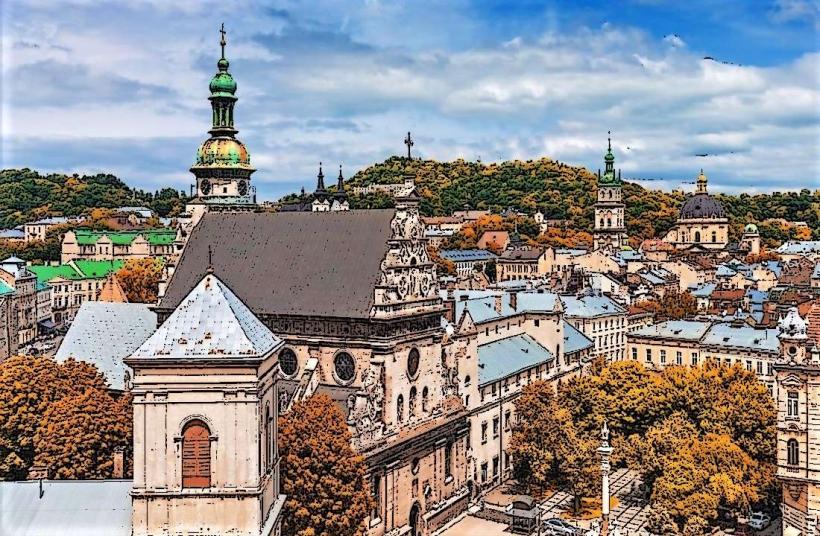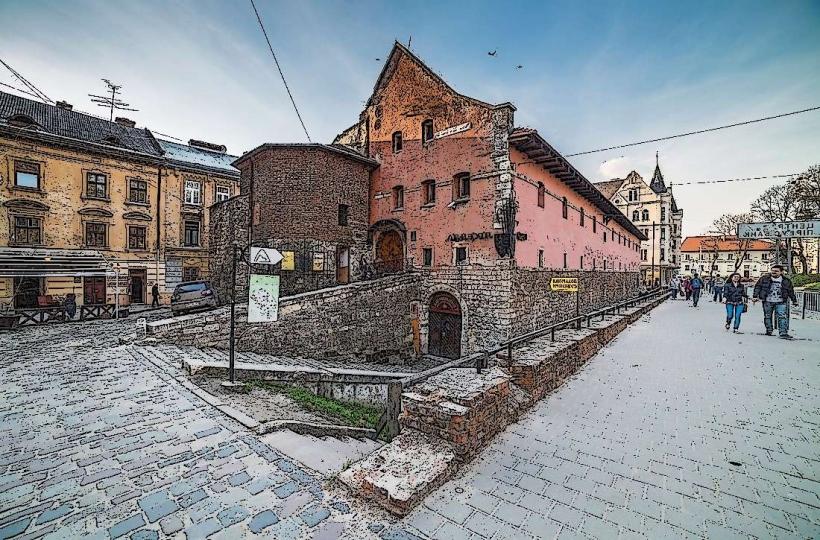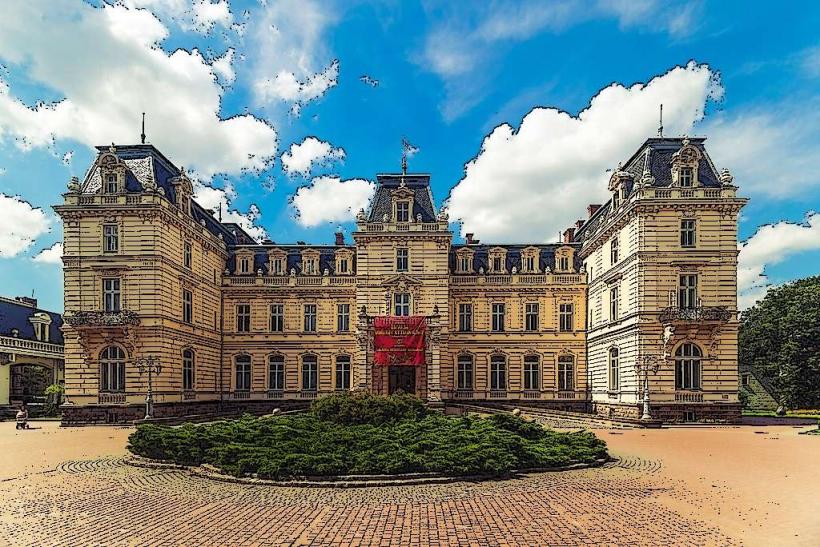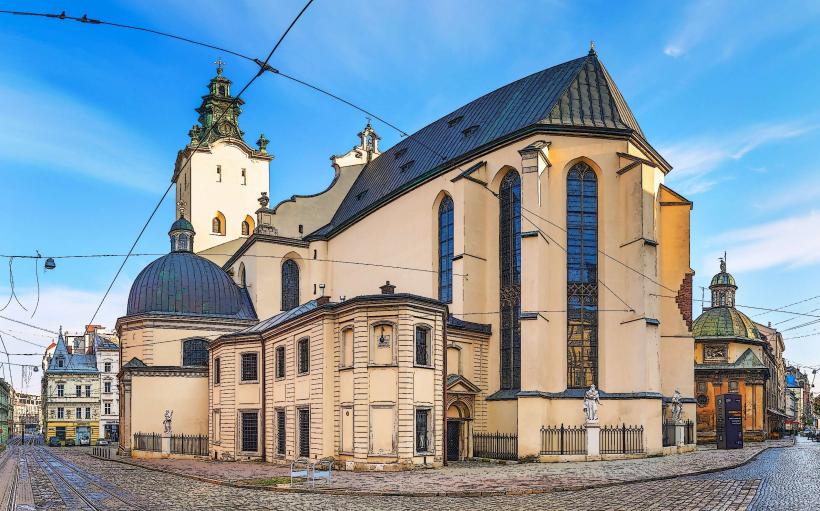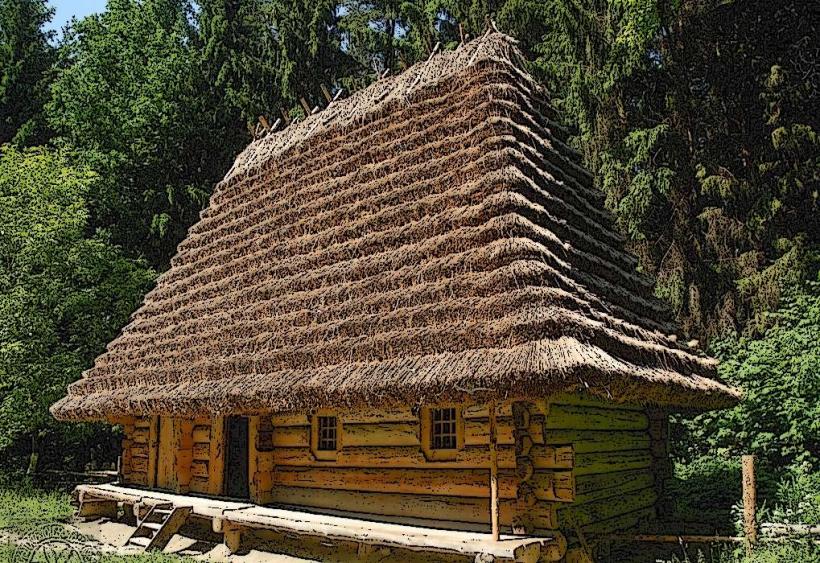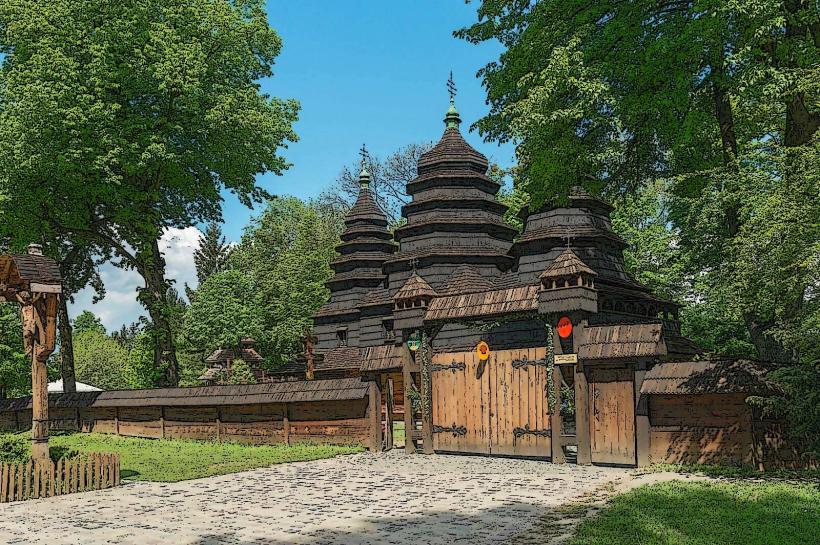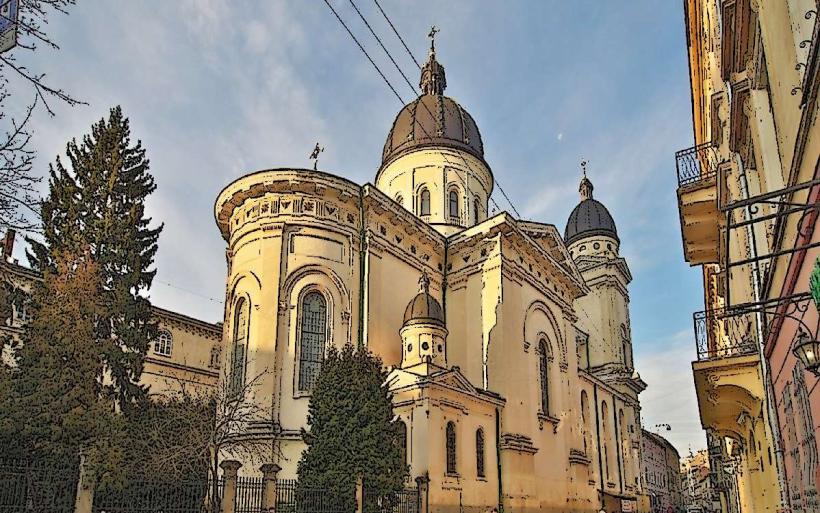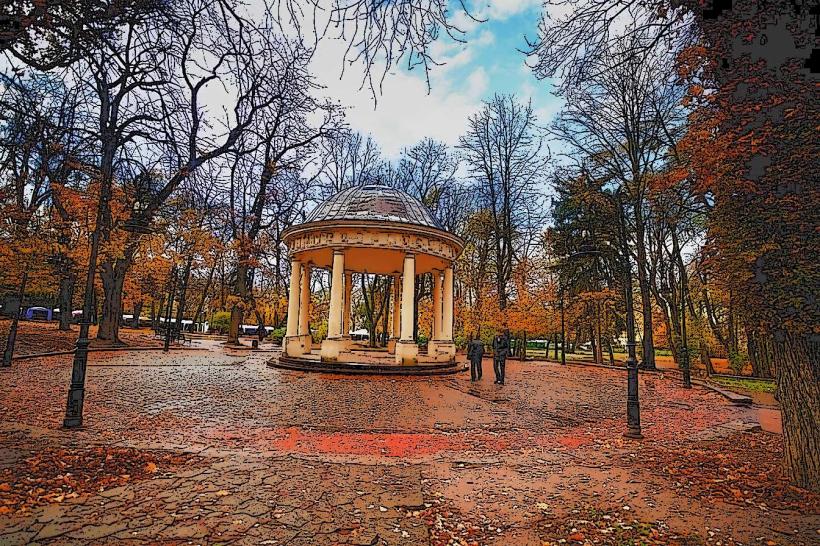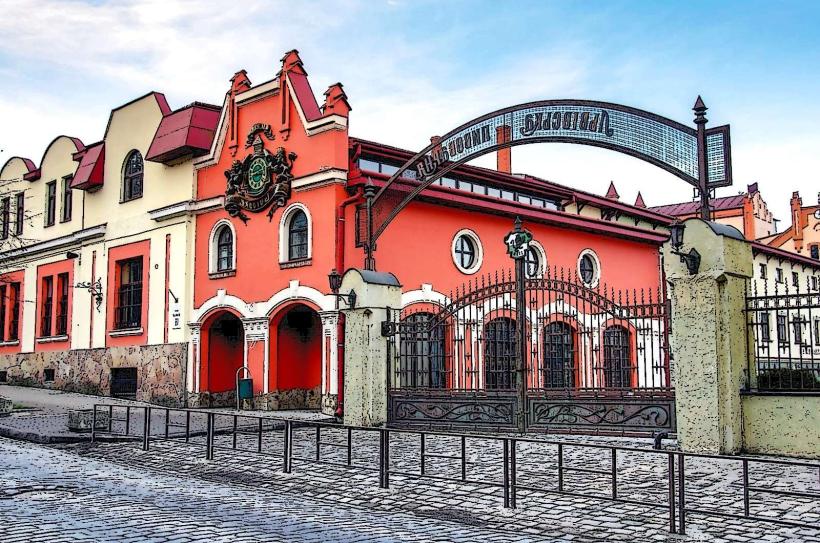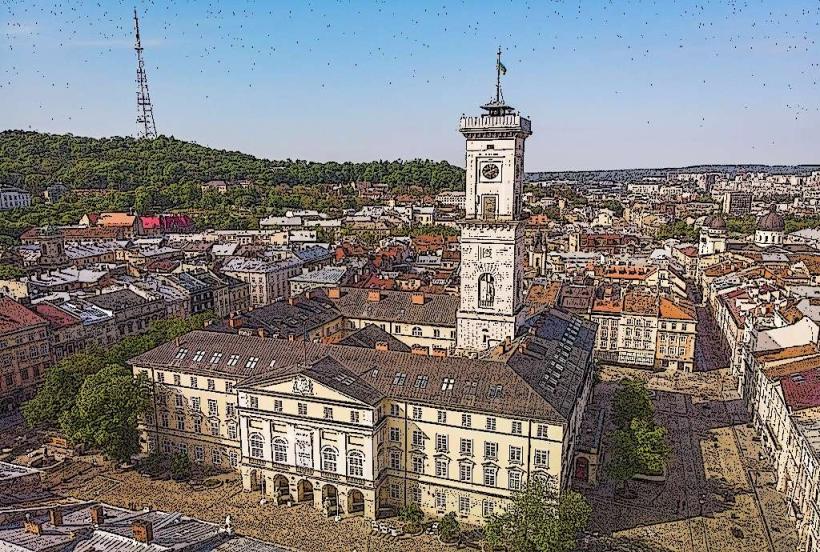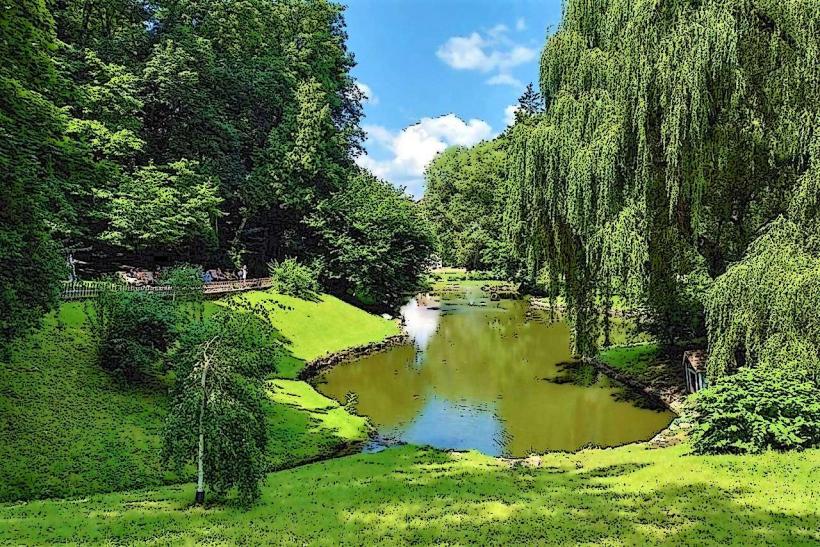Information
Landmark: Lychakiv CemeteryCity: Lviv
Country: Ukraine
Continent: Europe
Lychakiv Cemetery, Lviv, Ukraine, Europe
Overview
In Lviv, Ukraine, Lychakiv Cemetery stands as one of Eastern Europe’s oldest and most storied burial grounds, where weathered stone angels watch over quiet paths, also founded in 1786, it holds the graves of more than 400,000 people and stands out not just as a resting destination, but as an open-air museum where carved angels and weathered stone arches display centuries of funerary art and architecture.Historical Background: The cemetery took shape after an Austro-Hungarian imperial decree ordered all burial grounds moved beyond city limits to protect public health, forcing families to lay their loved ones to rest past the edge of town, equally important back when Lviv was under the Austro-Hungarian Empire, the city picked a spot on its eastern edge, in the quiet district of Lychakiv.Mind you, Architect Karol Bauer first drew up the layout, giving it a formal plan threaded with winding alleys and miniature roundabouts where leaves now gather in quiet corners, at the same time in the mid-1800s, architect Tytus Tchórzewski reshaped the cemetery, blending winding paths and soft greenery with neatly arranged graves to create a scene both orderly and serene.Over the years, Lychakiv Cemetery grew into the burial ground for Lviv’s elite-nobles, thinkers, artists, generals, and politicians-its headstones and carved angels marking a blend of Ukrainian, Polish, Austrian, and Jewish heritage that mirrors the city’s rich multicultural past, after that lychakiv Cemetery is famed for its remarkable sculptures, ornate tombstones, grand mausoleums, and solemn monuments, many judged to be true masterpieces of funerary art-like a marble angel whose wings seem soft enough to stir in the breeze.Locals now call it “Necropolis,” a name it earned as one of the city’s most storied cultural landmarks, where weathered stone angels watch over the graves, in turn many monuments are finely crafted by notable sculptors, including Hartmann Witwer and the Shimzer brothers, their stone figures catching the light along every curve, partially Many of these sculptures show allegorical figures and angels, their stone wings outstretched, alongside symbols of life, death, and eternity, what’s more the cemetery’s gates and monuments mix Neo-Gothic spires, Baroque flourishes, Art Nouveau curves, and bold Secessionist lines, echoing the artistic waves that shaped Lviv’s skyline from the 1700s into the early 1900s.Crafted from marble, granite, sandstone, or bronze, these works often carry delicate reliefs, deep bas-reliefs, and etched inscriptions-details that whisper the personal stories and cultural beliefs of those laid to rest, on top of that lychakiv Cemetery holds several vital memorial sites tied to different moments in history, including the Polish Military Cemetery, where rows of weathered stone markers honor Polish soldiers who fell in the Polish-Ukrainian and Polish-Soviet conflicts from 1918 to 1920.Rows of identical graves stretch before you, broken here and there by solemn sculptures that honor their sacrifice, what’s more the Ukrainian Galician Army Memorial honors the soldiers who fought for Ukraine’s independence in the chaotic years after World War I, a time when Galicia’s streets echoed with marches and nationalist resolve.The Soviet Military Cemetery, built after World War II, honors the soldiers who fell freeing Lviv and its surrounding fields from Nazi control.safeLychakiv Cemetery holds the graves of many renowned figures from Ukrainian, Polish, and Austrian history, including Ivan Franko (1856–1916), the celebrated Ukrainian poet, writer, and activist whose worn gravestone catches the morning light, meanwhile people flock to his tomb, making it one of the most visited spots, where worn stone steps show the passage of countless feet, relatively Solomiya Krushelnytska (1872–1952) was a celebrated Ukrainian opera singer whose powerful soprano could fill a hall and linger in the air, after that volodymyr Ivasiuk (1949–1979) was a cherished Ukrainian composer and poet, best known for “Chervona Ruta,” a radiant, lilting tune that still stands as a cultural touchstone in Ukraine.Stefan Banach (1892–1945) was a brilliant Polish mathematician who laid the groundwork for modern functional analysis, once scribbling equations on café tables in chalk, while among the region’s rich history are scientists, artists, writers, military leaders, and cultural icons-people whose names still echo like footsteps in an historic stone courtyard.Today, Lychakiv Cemetery serves as both a historic burial ground and a cultural landmark open to visitors, where historians lead guided walks that bring its past to life-sharing the tales behind notable graves and pointing out the weathered carvings on its monuments, meanwhile the cemetery holds commemorations on national holidays like the Day of the Defender of Ukraine, as well as on days devoted to honoring fallen soldiers, with fresh flowers often laid beside their graves.The museum takes the lead in protecting and restoring the monuments, some scarred by years of wind, rain, and ancient battles, while the tree-lined paths, weathered stone walls, and intricate tombs create a park-like setting where quiet settles in like a soft breeze, inviting you to pause and reflect.Lychakiv Cemetery captures Lviv’s tangled past and rich mix of cultures, weaving art, history, and memory together among moss-covered headstones in one of Ukraine’s most treasured heritage sites.
Author: Tourist Landmarks
Date: 2025-10-02

